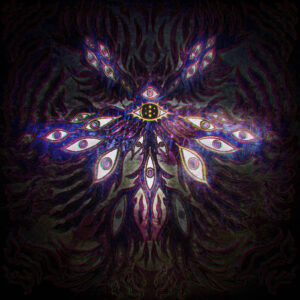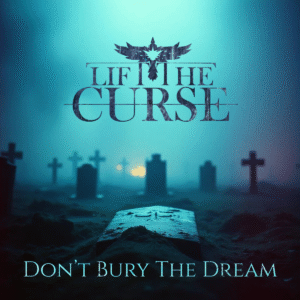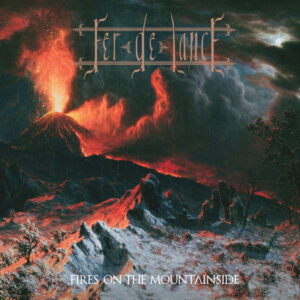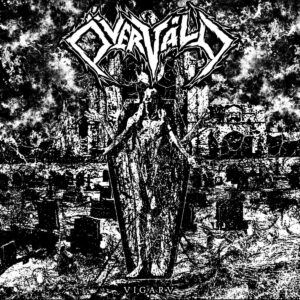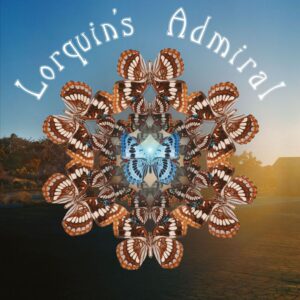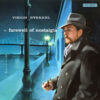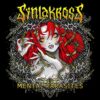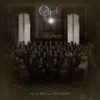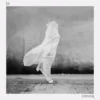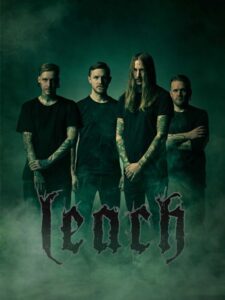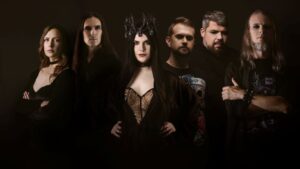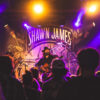Tales from the Brave Land
Corte di Lunas
•
March 5, 2020
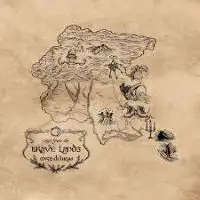
A lace curtain shielded her eyes from the heat of the summer. Out her window, she saw the grass shimmering as the children played with their wood and bones, smearing their outfits with mud from the near rain. The woman was adorned with jewels pressed against her neck and fingers, and her dress attire was far too claustrophobic for the days outside. It was a time when those believed in the magic of Nature and the fantasy of the garden creatures that built their nests far from sight. It was a time where the dragon flew overhead towards the mountain to hide his gold from his brother. It was a time that no world knew besides the Land of the Brave.
CORTE DI LUNAS, formed in 2010, is an Italian Renaissance Celtic Folk Rock band, incorporating themes of what is thought to be traditional medieval music. The sound is quite mythological and fantastical, incorporating Italian and English into their music. Their most recent album "Tales From The Brave Land" is alluring and whimsical. Not only does the album stay true to the genre, but when it does stray, it constructs a somberness that can be most related to the actual times of the medieval peoples. The project consists of many members playing unusual instruments such as the hurdy gurdy, flutes and other pipes, and the bouzouki. Using particular instrumentation, the sound is quite realistic and factual to the sounds of the actual Celtic traditions. In a mythological quest, "Tiare," the first song off the album, features whispers of the dark age and an ancestral drum, similar to other rooted projects like HEILUNG or ELUVEITE, who both achieve similar ideas. It puts the project on a high castle, or in a village of many, wandering the streets of the past.
"The Castle of Gemona" introduces the flutes, and the listener is fully immersed into the life of the Renaissance. The voice of a woman passes the words of a king through the village where all stop to listen. The hurdy gurdy is introduced in "Vida," and the electric guitar makes the world more realistic to the feelings of those whose faces were unwashed and hands stained with the roots of vegetables. "The Devil's Bridge" tells tales of folklore to the children who sit on the grass. The voice of the woman sounds in the distance, and those who want to connect, go towards the forest. The melody changes from the previous tracks in "La dama bianca" creating bluesy like notes that are much different from Celtic origins, perhaps as an effort to ground the listener back into the realm of the world.
The transitions from track to track are phenomenal: well-rehearsed and practiced. The vocalizations of unknown words design a tribal nature to the album, which works perfectly in the domain. Almost all sounds are brought back in and introduced in "The Last of Sbilfs." The folk melody is quite marvelous with rolling guitar and strenuous notes for the flute to play. Voices of the water and a wind chime like formulations are heard in "I Tre Fradei." The Celtic hymn connects itself to Nature and the buildup of the drums that leads into the guitar makes for a perfected tradition of lullaby.
There is some excitement in the old village. The woman rushes towards the streets and whispers into the ears of the peoples. The folklore becomes something that is more than lore and the women draw their hoods. "Orcolat" is a gloomed dramatic scene, that ends with a chant, and a thunderstorm rumble. The villagers run to their homes to escape the incoming rain. The harsh talk and whisper that darkens the skies is also echoed throughout "Aeolus II." The flute mimics the woman's voice as she talks in the ears of those who listen. There is a sense of foreign power heard throughout the song. In "Scjaraçule maraçule," a man and a woman's voice are rhythmically conceived as the song presses on. In an Italian theatrical manner, the song mimics the sounds of the creations before. There is a whisper from somewhere beyond. The thunder rolls forward, and the lullaby starts again. The woman can hear the water and she calls the children to come inside. There is majesties in the heart of the dragon. "Rosander" finishes the story where it started, with the instruments it implemented. The woman is angry, but we do not know why. She talks to us, but we stare in our misunderstanding. Yet, she walks away, seemingly dissatisfied. The folklore blurs and she fades from view.
"Tales from the Brave Land" not only evokes a visceral response, it is impressive in its production, incorporating elements of folk that is realistic to the age it was created. I believe that this is an exquisitely fascinating piece that establishes little room for error, and creates more room for artistry in the Celtic world. It tells a story, a story that not everyone might understand, but a story that must be heard.
10 / 10
Masterpiece
Songwriting
Musicianship
Memorability
Production
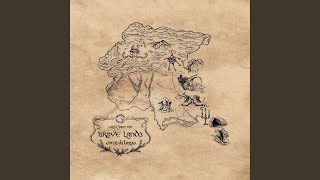
"Tales from the Brave Land" Track-listing:
1. Tiare
2. The Castle of Gemona
3. Vida
4. The Devil's Bridge
5. The White Lady
6. The Last of Sbilfs
7. The Three Fradei
8. Orcolat
9. Aeolus II
10. Scjaracule Maracule
11. Rosander
Corte di Lunas Lineup:
Giordana - Lead vocals, Percussion
Martina - Hurdy-Gurdy
Riccardo - Drums, Percussion
David - Bouzouki
Nicolas - Guitar
Maria Teresa - Flutes, E-Pipe
Massimo - Bass
More results...
